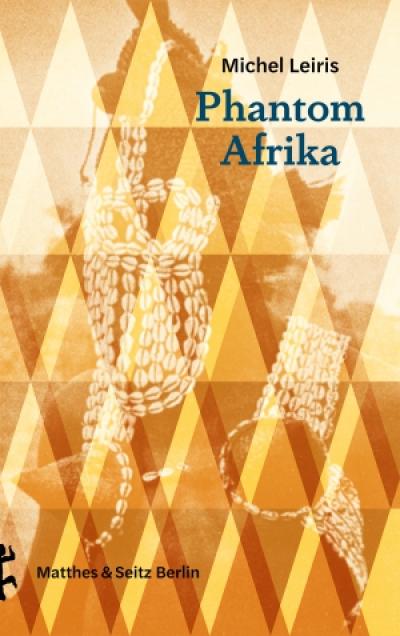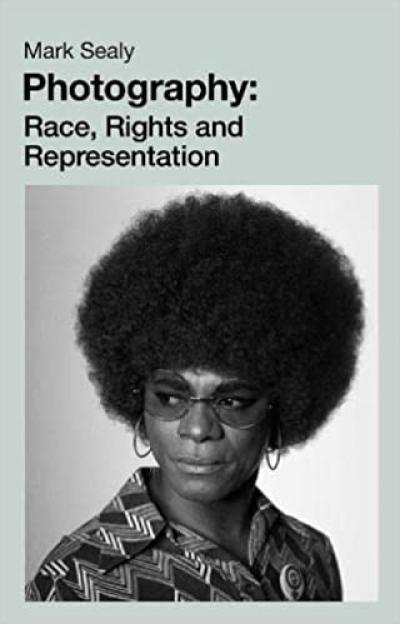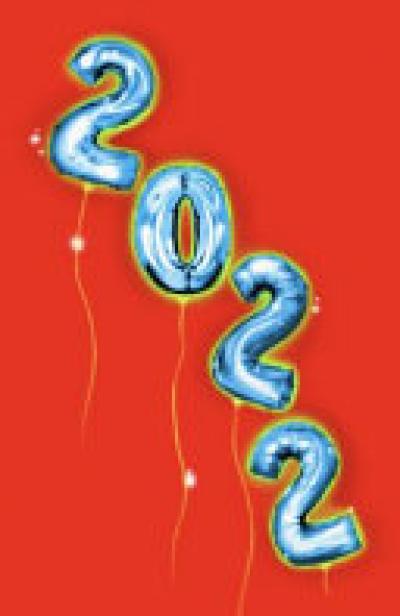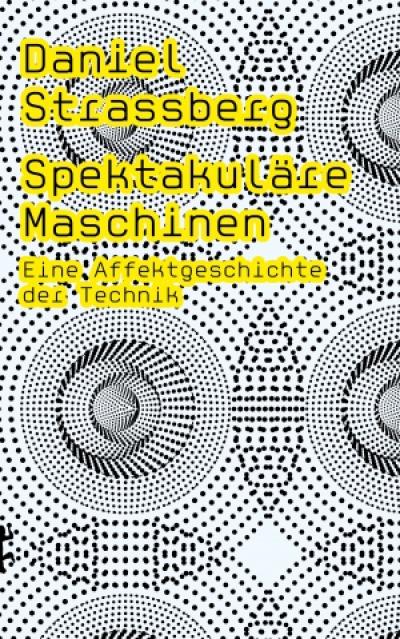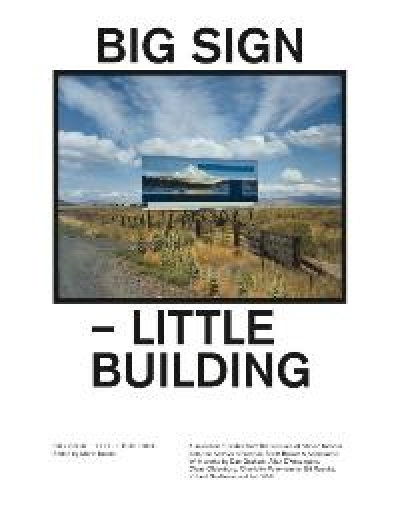
Big Sign - Little Building
The BIG SIGN – LITTLE BUILDING publication contexts contributions by writers, theorists and artists such as Ed Ruscha, Steven Izenour, Robert Venturi and John Rauch, Jeff Wall, Charlotte Posenenske and Peter Eisenman, amongst others, as well as documentation material from the exhibition. The book departs from and extends beyond a seminal project developed by the architects Robert Venturi, Denise Scott Brown and Steven Izenour, who, in their book Learning from Las Vegas (1972), drew from existing critiques of urban space at the time to explore the role that signs played in providing order to the landscape. As an articulation of a space contesting the hegemony of Euclidean space, this approach also intrigued artists such as Charlotte Posenenske, Ed Ruscha, Robert Smithson, and Jeff Wall, who further challenged such traditional notions of space in order to explore new interpretations of landscape within the fields of aesthetics, art and architecture without succumbing to any one category. Other artists, such as Claes Oldenburg and Allan D'Arcangelo, cited as inspiration by the three architects, contested the sign system altogether, which increasingly reflected an attempt on the part of capital to claim nature, landscape, and public space as commodities.
BIG SIGN – LITTLE BUILDING gathers research material included in the exhibition of the same title curated by Marta Kuzma at the Office for Contemporary Art Norway. The publication departs from and extends beyond the seminal project developed by the architects Robert Venturi, Denise Scott Brown and Steven Izenour, who in their book Learning from Las Vegas (1972) attended to the notion of landscape as a fluctuating phenomenon – as a shift from a dominance of signs in space at a pedestrian scale to the perspective of the horizon perceived while in motion. The exhibition and publication consider the steady encroachment of commercial vernacular that made itself ever present throughout the 1960s and that lent to a commercial persuasion of the roadside eclecticism, to provoke a revision in the notion of landscape as an expression of the artifactuous. BIG SIGN – LITTLE BUILDING also addresses how artists such as Charlotte Posenenske, Ed Ruscha, Robert Smithson and Jeff Wall challenged traditional notions of space in order to explore new interpretations of landscape within the fields of aesthetics, art and architecture, without succumbing to any one category. Other artists, such as Claes Oldenburg and Allan D'Arcangelo, cited as inspiration by the three architects, contested the sign system altogether, which increasingly reflected an attempt on the part of capital to claim nature, landscape and public space as commodities.
With an introductory essay by Marta Kuzma, the book includes historical writings and contributions by Robert Smithson, Venturi and Rauch Architects and Planners, Peter Eisenman and Steven Izenour. The book combines reproductions of the original glass lantern slides used by Steven Izenour for his academic lectures together with works by artists who transformed drafts, surveys, maps and manuals into cultural artifacts. Binding this together with archival materials and publications, the book reflects upon how artists and architects attempted to dislocate traditional interpretations of these concepts in an effort to generate a critical dialogue around the effects of standardisations and space-time relationships effected by corporate development, thus creating a new genre for cultural production.







